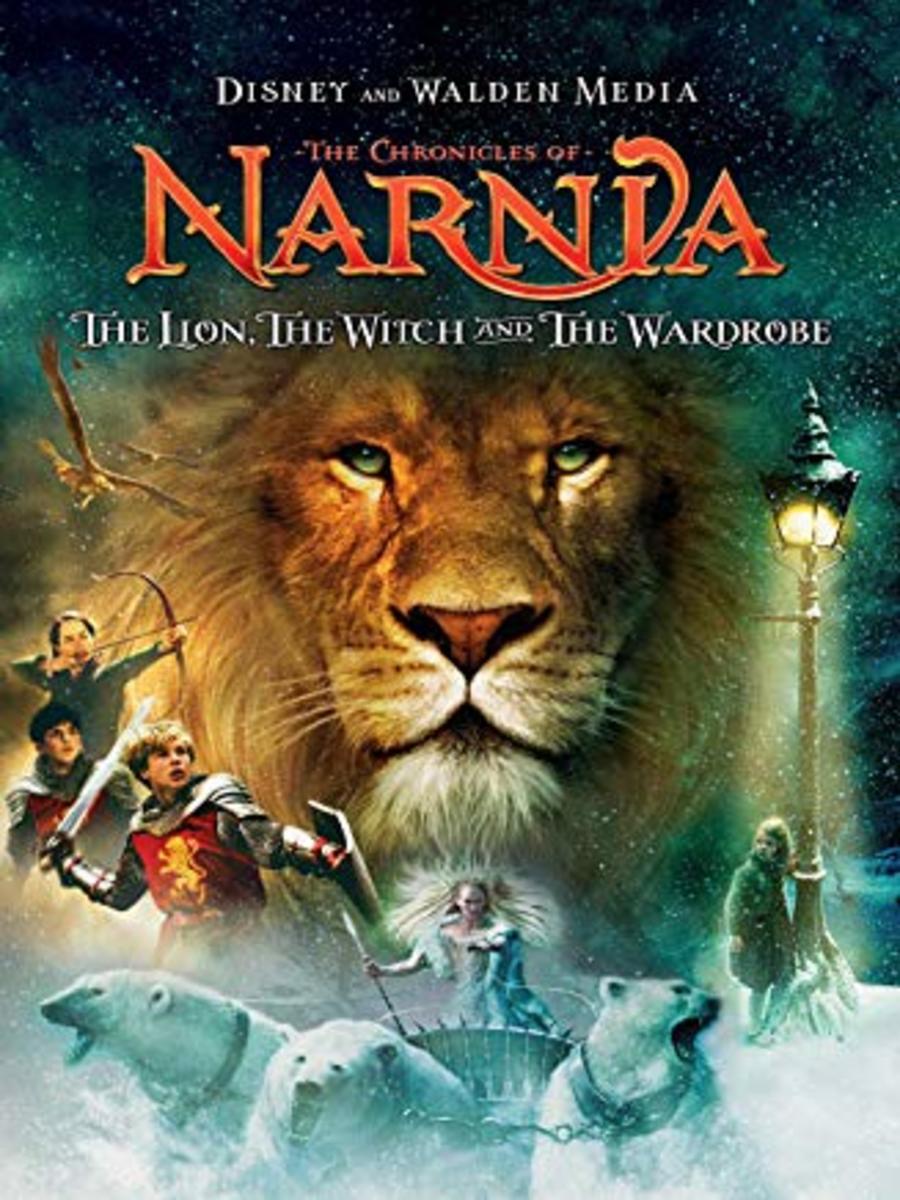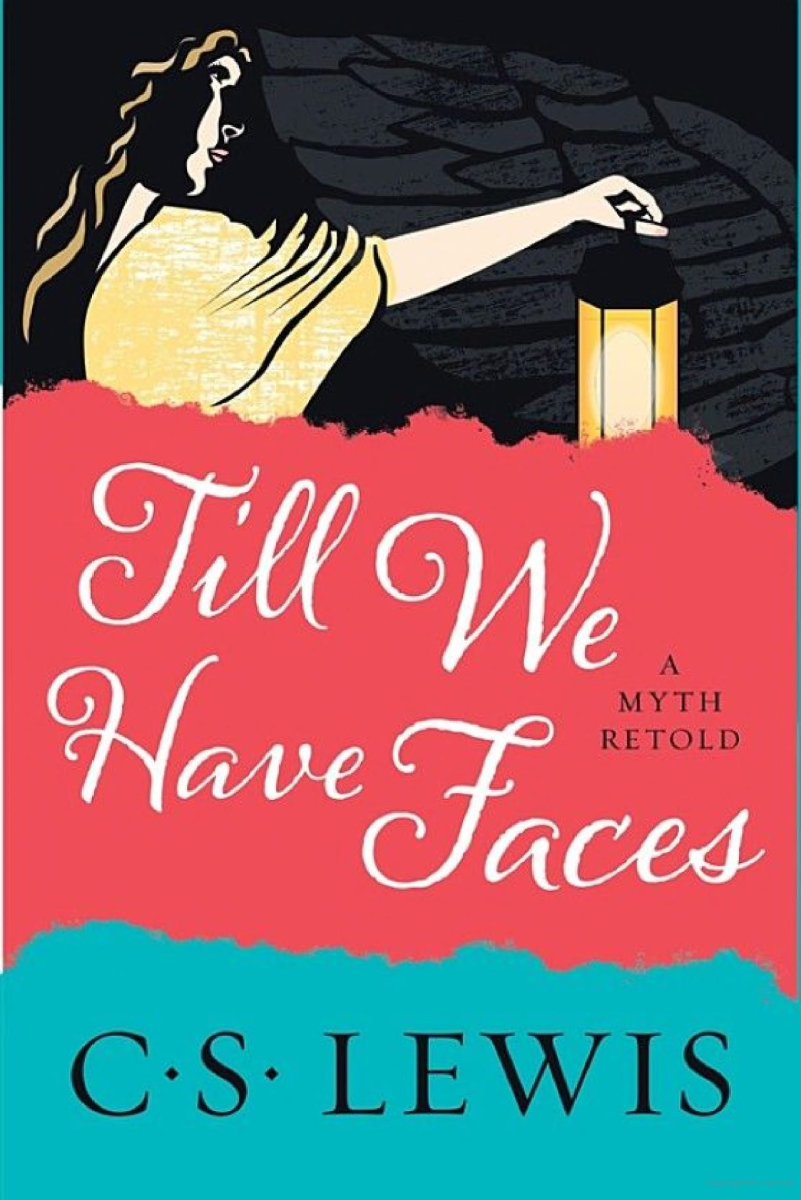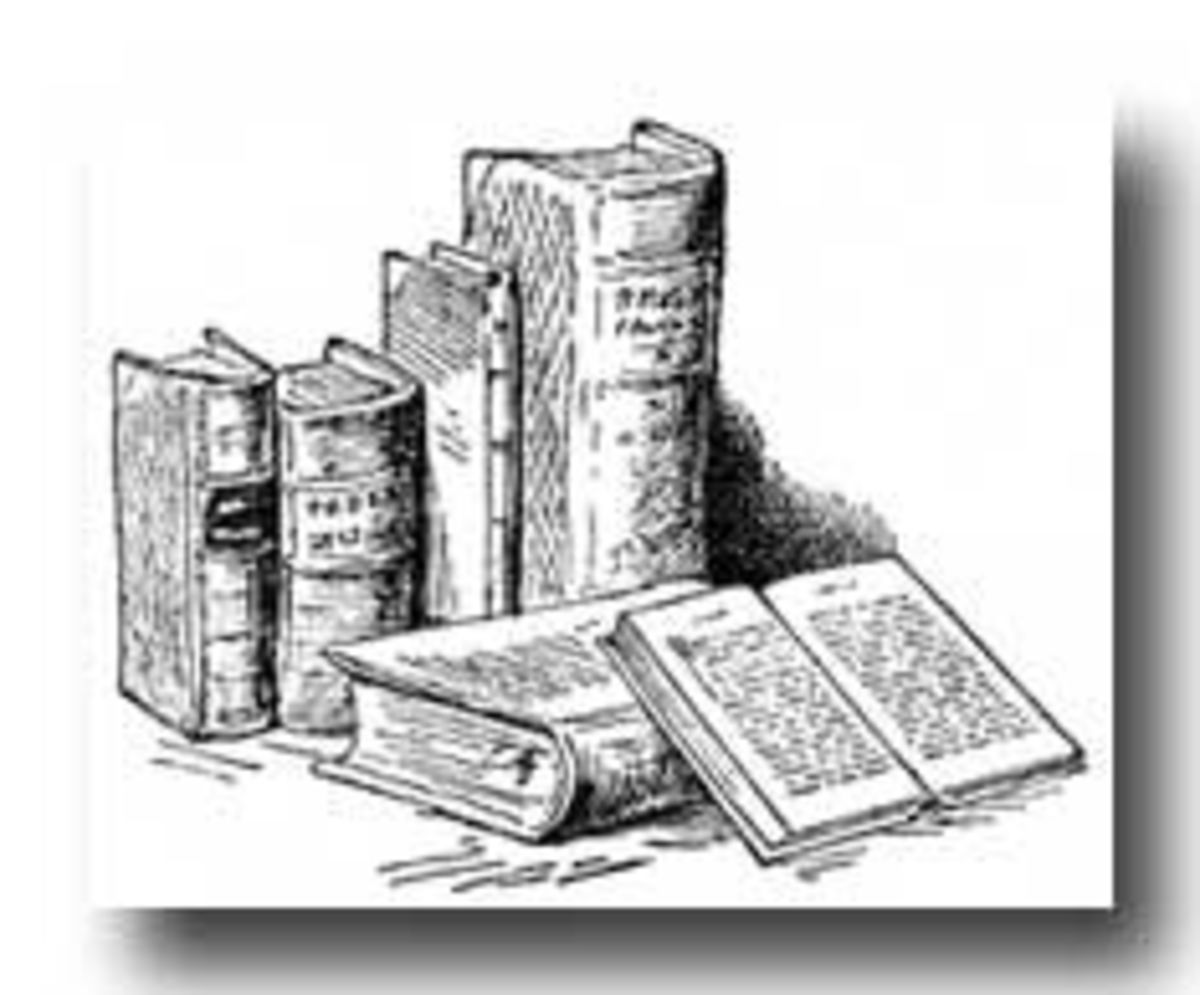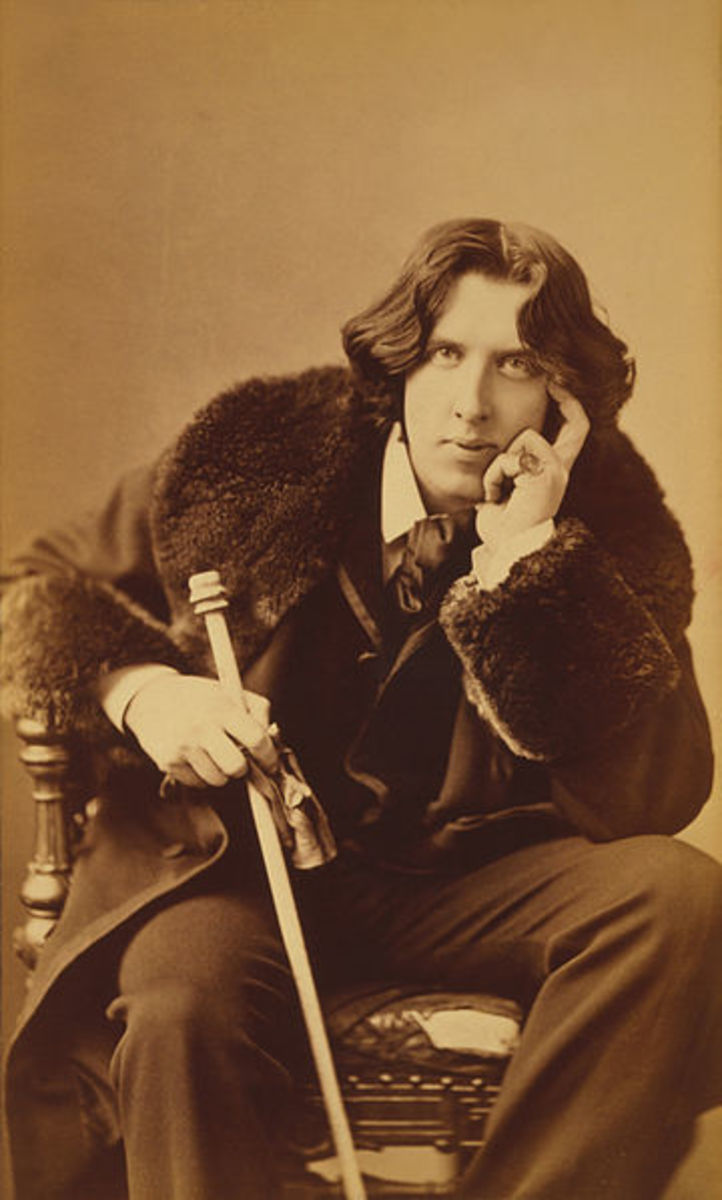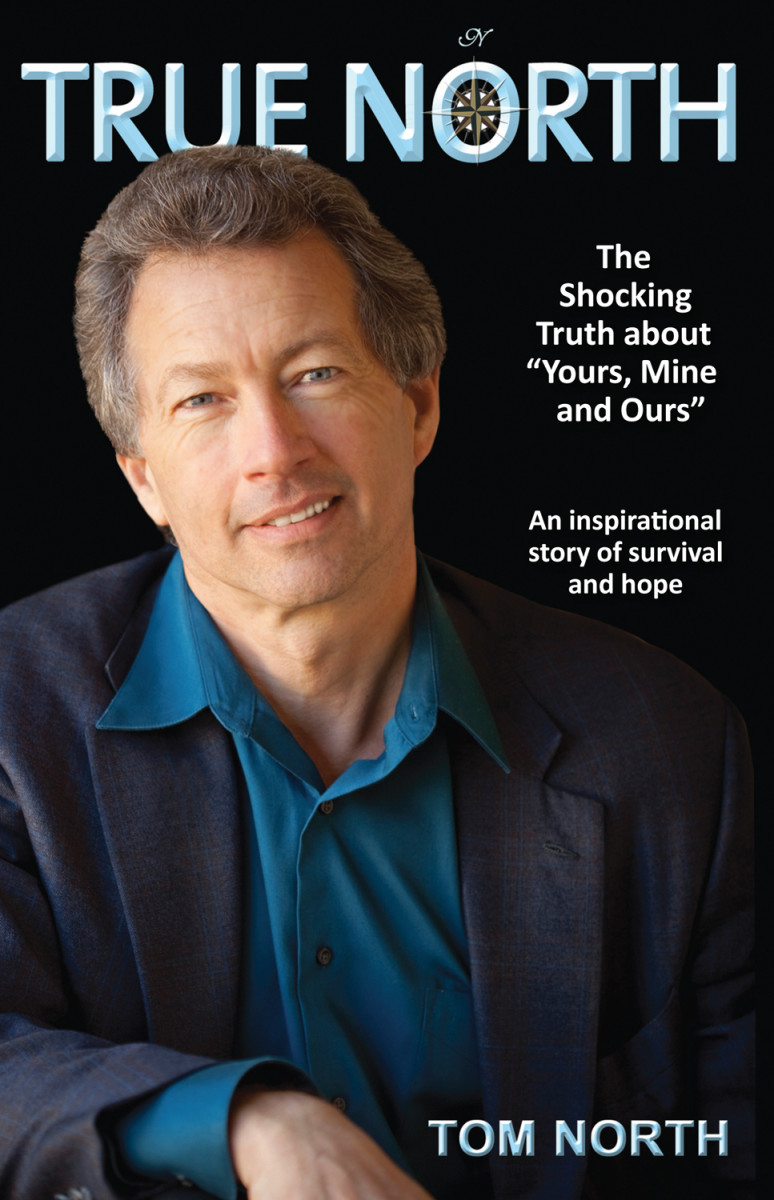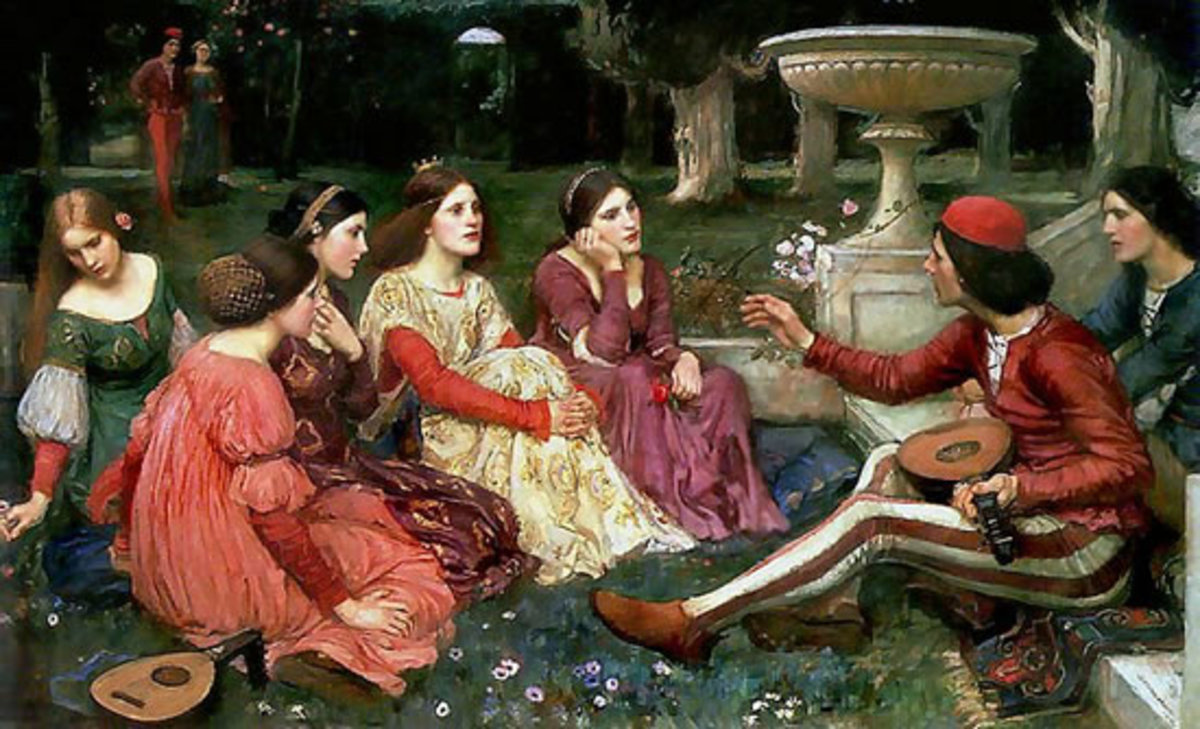Good But Not Tame - Tips for Reading C.S. Lewis's the Lion, the Witch and the Wardrobe

The Greatest Ever Re-Told
The Lion, the Witch and the Wardrobe is a ―fairy story, but one which takes its message directly from the Bible. Young audiences familiar with the story of Jesus of Nazareth and his crucifixion should recognize in the character of Aslan a resemblance to the sacrifice and love of Christ. The story of Jesus revolves around a loving God who sends his son to live as a perfect human so that he can forfeit his earthly life so that all human can spend eternity with God.
In Lewis’s book, Aslan is depicted as the creator and supreme ruler of Narnia. However, the denizens of Narnia have not seen Aslan since the reign of a white witch, Jadis. This causes an array of reactions from the Narnians; some forget Aslan and side with the evil witch; others remain faithful but anxious about whether they will be rescued by Aslan . When the Pevensies—Peter, Edmund, Susan and Lucy—arrive in Narnia, age old prophecies of ―old magic bring new hope to Narnia and its creatures. Christmas comes to the land and the promise of a new Spring causes Aslan’s loyal animals to flock to the banner of High King Peter. In short, Aslan’s plan for redeeming Narnia comes to the land with the arrival of human children who help to bridge the gap between the simple creatures and their creator.
But both hope and trouble come from the human children summoned by Aslan. Edmund, prone to selfish acts, is tempted by the white witch. His punishment, death, threatens Aslan’s redemption of Narnia. In an act of supreme sacrifice, Aslan agrees to take Edmund’s place; he dies so that Edmund might live.
Aslan’s eventual triumph over the white witch and death tribute the story of Christ’s hope for all people. Like a parable, Lewis’s beloved book teaches children that the power of the story of Jesus can be translated into a variety of forms. Our ability to see ourselves in the bravery of Peter, the kindness of Lucy and even the selfishness of Edmund speaks to the significance of Lewis’s talent and the importance of its ―source material.
More importantly, children can learn an important lesson on evangelism through the Lion, the Witch and the Wardrobe. The story of Jesus needs to be told any way we can—imagination, experience, inspiration. Lewis’s story shows that the story of Jesus is too important to the salvation of all peoples to limit its telling; every aspect of our lives can, if we only wish, magnify the ―good news‖ of Christ’s life, death and (of course) resurrection. Whether a ―son of Adam‖ or ―daughter of Eve,‖ we have a duty to share the healing power of God with a world that sometimes forgets the magnificence and compassion of is creator and savior.
It All Began With a Picture ...
Finding an origin for The Lion, the Witch and the Wardrobe is no mean task, Several candidates have emerged over the many years since its initial publication in 1950, each laying claim to the inspiration behind C. S. Lewis’s popular and enduring story of four children who enter another world full of adventure and life lessons. More important than the precise cause for his story, however, is the way Lewis weaved various life experiences and ideas into a distinct narrative.
In his essay, "It All Began with a Picture," Lewis admits that tracing the beginning of his story proves challenging: " ... a man writing a story is too exited about the story itself to sit back and notice how he is doing it." Despite this admittance, he adds, "The Lion all began with a picture of a faun carrying an umbrella and parcels in a snowy wood." It is crucial to note that, though Lewis incorporated a faun into his story, it would be many years before this revelatory image became Mr. Tumnus.
Indeed, it was some twenty years later before Lewis would use this image in his story. After the blitz following the declaration of World War II, hundreds of thousands of children were dispatched to rural areas for their own safety. Lewis’s house, the Kilns, became a surrogate home for four school girls escaping the London bombs. His time with children gave Lewis a new appreciation for children's literature, an admiration that prompted his authoring some of the twentieth century’s most memorable stories for young audiences.
One day, one of Lewis’s child guests approached him about an old wardrobe in his attic. The child, full of curiosity, asked Lewis if she could climb inside the wardrobe. When he approved, she asked: is there anything behind the it? From that moment, Lewis was convinced there should be, if only in his imagination.
Lewis was concerned that so many novels passing for children's literature exhibited only realistic topics. Magic and whimsy were rejected by many authors who felt that fantasy compromised their artistic integrity. This may seem absurd in a time when the best-selling book series of all time concerns a boy who attends a school for wizards and witches; one who fights a dark lord with his magic wand. However, in Lewis’s age, fantasy fiction was treated with suspicion. So, Lewis imbued his story with those ideas he felt were lacking from popular children's fiction, supplying the world with some of the most durable fairy stories of our era.
Again, it is not one or all of these elements that comprised the creation of The Lion, the Witch and the Wardrobe. Rather, Lewis’s capacity to include all of these experiences contributed to the overall success of the story. Above all, Lewis tempered his writing with a strong faith that gave his story meaning and continues to retell the Christian message to successive generations of readers.
The Lion, the Witch and the Wardrobe: The Final Battle
Bad Form - Great Story: C.S. Lewis's Approach to Fantasy
Many readers of Lewis’s works are aware of his longtime friendship with J.R.R. Tolkien, author of The Lord of the Rings. Lewis and Tolkien, alongside (among many) Owen Barfield, Hugo Dyson and Roger Lancelyn Green, comprised an informal literary circle known as the Inklings. The group frequently hosted readings of works in progress at a pub, The Eagle and Child. Absent any formalities of a typical literary society, the Inklings devoted their time towards the mutual improvement of each other’s writings. Select members even allowed other Inklings to peruse unfinished works. For example, it is generally recognized that Lewis was among the first readers of Tolkien’s early manuscripts for The Lord of the Rings. Indeed, Lewis encouraged Tolkien to publish his earlier work The Hobbit, despite its author’s apprehensions. Lewis continuously praised Tolkien’s fantasy fiction, later writing of the Ring Trilogy, "it is like lightning from a clear sky." Like his fellow Inklings, Lewis lauded exceptional fantasy, especially when it could clearly allegory more important ideas.
Tolkien disliked The Lion, the Witch and the Wardrobe. A lifelong student of myths and legends, Tolkien hated the way Lewis incorporated a diversity of different creatures and magical beings into a single story. For Tolkien, Father Christmas should not be seen in the same world as a faun, who had no place in a world full of talking animals, who had no right fighting alongside giants and nymphs. \
What Tolkien failed to realize (perhaps) is the reason behind Lewis’s ―cavalier‖ fantasy writing. The secret might be found in the opening of Lewis’s nonfiction defense of Christian teaching, Mere Christianity. In his work, Lewis says, ―if you are an atheist, you have to believe that the main point in all the religions is a huge mistake. If you are a Christian, you are free to think that all religions, even the strangest ones, contain at least some hint of the truth.‖ For Lewis, all truth points to the absolute truth of God and his plan for saving his creation.
In light of this argument, The Lion, the Witch and the Wardrobe enlists elements from all fantasies to demonstrate the power of the Gospel. Fauns, giants, talking beavers—all are capable of showing the compassion of our savior Jesus Christ and his plan for our redemption. To combine these different elements into a single story is to acknowledge that they all derive from the same source; a lesson that can prove difficult for even accomplished scholars and authors.
Kid's Stuff: The Best Way
C.S. Lewis is well-known for his apologetic writings and Christian fictions. At once, he is also remembered for his scholarship, especially in literary criticism of the Late Middle Ages; he became the first Professor of Medieval and Renaissance English at Cambridge; his prefaces to such works as Paradise Lost are still regarded as authoritative criticism. Nevertheless, Lewis failed to achieve the title of ―Don‖ at Oxford University where he taught for nearly three decades. The reason, according to his secretary and later biographer Walter Hooper derived from Lewis’s notoriety as a children's author, even less one who focused on Christian themes. Yet Lewis’s most durable legacy remains his Narnia Chronicles, which have never ceased publication, being translated into over forty languages.
Lewis addressed the prejudice of his colleagues in his essay, "Sometimes Fairy Stories Say Best What Needs to be Said." In particular, the writing defends the author’s use of fantasy fiction to allegory difficult and complex human ideas such as life, free will and the hope of afterlife. The essay’s conclusion remarks, " ... a book worth reading only in child-hood is not worth reading even then ... fantasy is available at all ages, if it is well used by the author and meets the right reader, it has the same power: to generalize while remaining concrete, to present in palpable form not concepts or even experiences but whole classes of experience, and to throw off irrelevancies." The quote provides several observations; that the classification of ―children’s literature‖ at times prevents adults from en-countering meaningful stories; that the quality of fantasy fiction, like any other genre, depends upon the strength of the author and their message; that "fairy stories" provide unique tools for sharing significant ideas and narratives.
In an age where so many regard the Gospel record as "kid’s stuff" from a primitive and bygone era, these arguments merit our utmost appreciation. Believers must be prepared to argue for truth even in the face of extreme prejudice. More importantly, believers should be capable of finding the core truths of God and his creation in even simple allegories. For Lewis, the medium of fairy tale provided an able platform to ask some of robust theological questions with childlike optimism: how does God treat his enemies? What does it mean to become a sacrifice for another person's transgressions? Can everyone, no matter the depth of their sin, be saved?
As Lewis says in the above passage, the fairy tale can prove the best mode for answering these questions with faithful, life affirming (and often entertaining) candor. In the case of The Lion, the Witch and the Wardrobe, the result is a riveting adventure that suggests the veil between this world and the next can be pierced by the faithful—a great kingdom awaits those who seek it with the proper humility.
Always Winter and Never Christmas: The Surprising Joy of Narnia
In The Lion, the Witch and the Wardrobe, C.S. Lewis depicts a world shut off from the promise of renewal. Queen Jadis, the story’s eponymous ―witch‖ lives wholly within herself and has fashioned Narnia into an extension of her own personality—cold, unfeeling, impenetrable. In the book’s sequential prequel, The Magician’s Nephew, Lewis says that the witch has already destroyed one world through base self-interest and want of supreme power. For this reason, Lewis embodies the witch’s unjustified sovereignty through a frozen and detached environment. This representation magnifies the consequences of human impertinence; the result of continuously living in a realm of our own device instead of acknowledging the reality of God’s supremacy.
In this respect, Lewis describes "sin" as a corrosive spiritual agent; one that can eat away at the human soul. This description prompts two observations about Lewis’s understanding of human spirituality. First, that humans can distance themselves from God to such an extent that we no longer recognize our capacity for compassion and empathy. To the witch, everything—animals, humans, nature—becomes a means to supplant her own supremacy. In the interim, she fails to exercise the empathy becoming of a ―true queen‖ and eventually loses her throne to those who can demonstrate selfless rule. More important, the character Jadis shows that no person is born evil. For Lewis, evil is a parasitic agent that, if untreated, can consume every natural and good impulse. The witch warns the reader that there exist spiritual fates worse than any physical death.
Perhaps this explains why Lewis uses a never ending winter to amplify the witch’s indifference to God and human suffering. Under the witch’s rule, there is no Christmas, a time for "giving" and thankfulness. Narnia never sees Spring, the season of renewal and growth. The landscape of Narnia cautions us against remaining static; it reveals the importance of never being satisfied with self –satisfaction. More than that, Narnia compels us to seek a reality more loving and renewing than the one we know. In "On Three Ways of Writing for Children," Lewis says, "... fairy land arouses a longing for we know not what...we do not despise real woods because we have read about en-chanted woods: reading makes all woods a little enchanted. This is a special kind of longing ... reading the fairy tale makes us happy in the very fact of desiring. For our mind has not been concentrated on ourselves …" By escaping to Narnia, Peter, Edmund, Susan, Lucy and the reader come to understand that drifting beyond our own realm of reality allows us to return, wiser, more loving and mature, to our own world.
Winter is Going!
Know any other resources for previewing keys ideas or themes in Lewis's major works? I look forward to your comments and thank you in advance for any kind words. Check out my other Hub Pages for additional suggestions for navigating college assignments by working smart instead of merely working hard.


